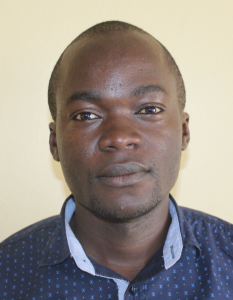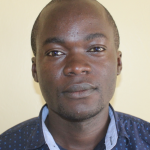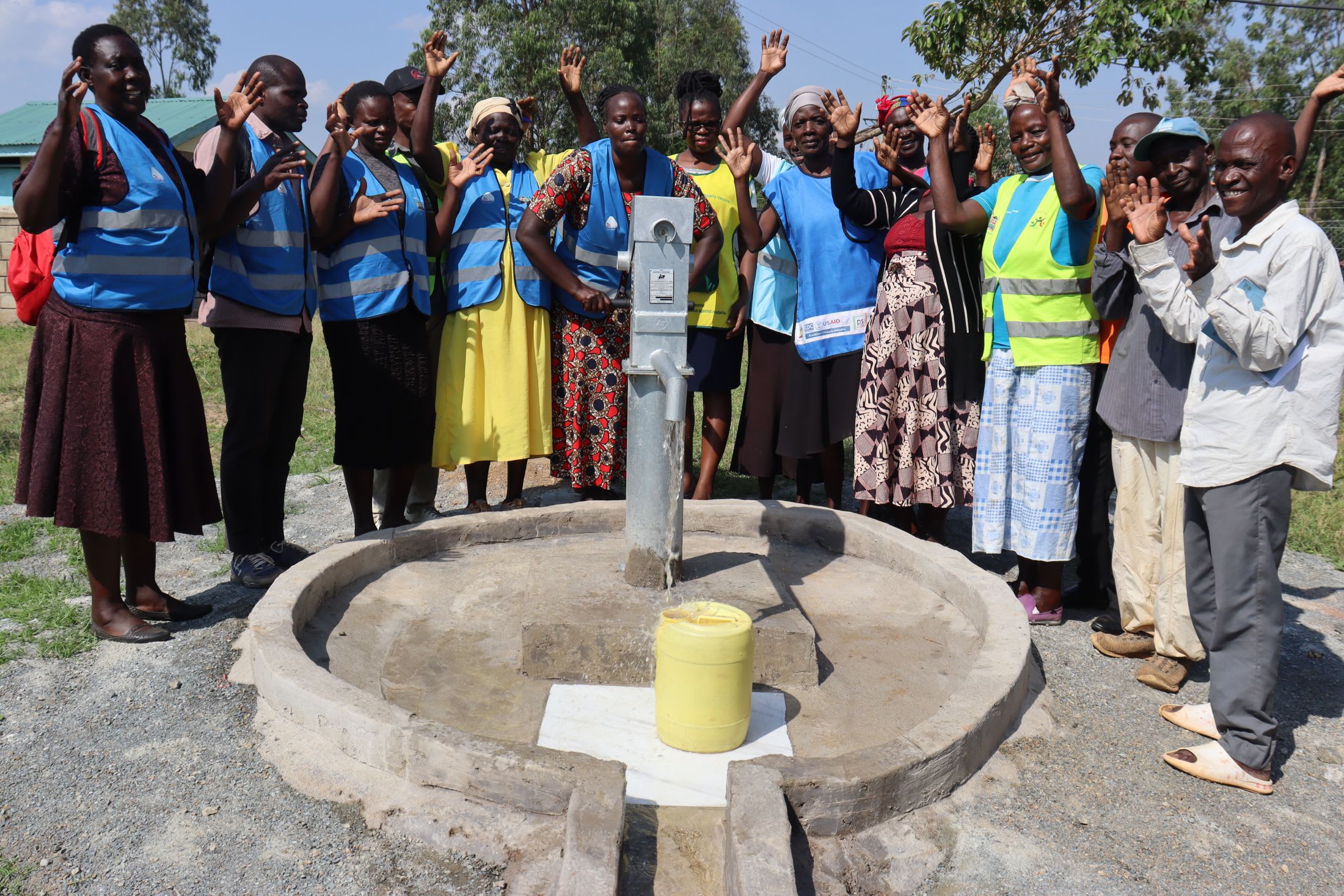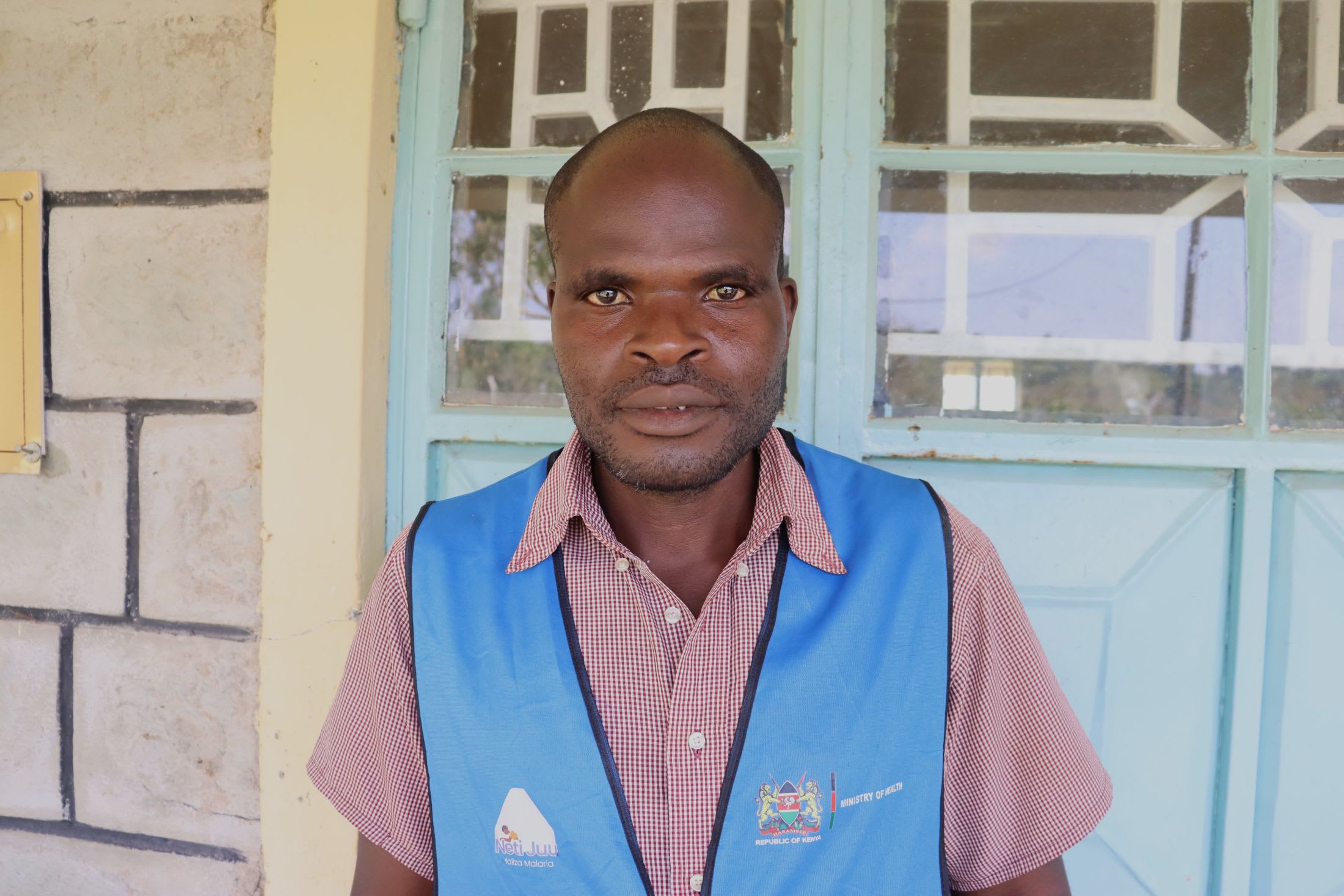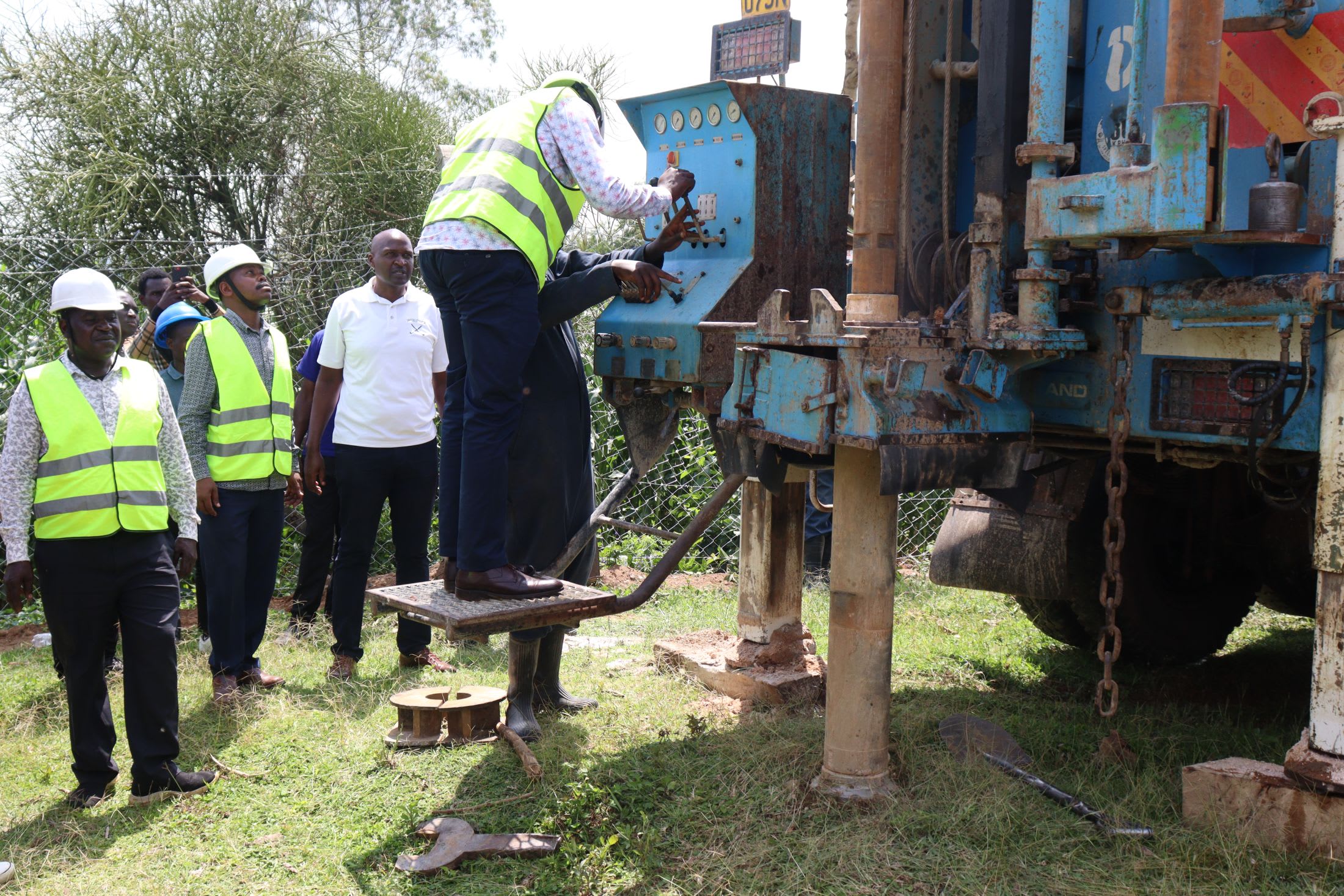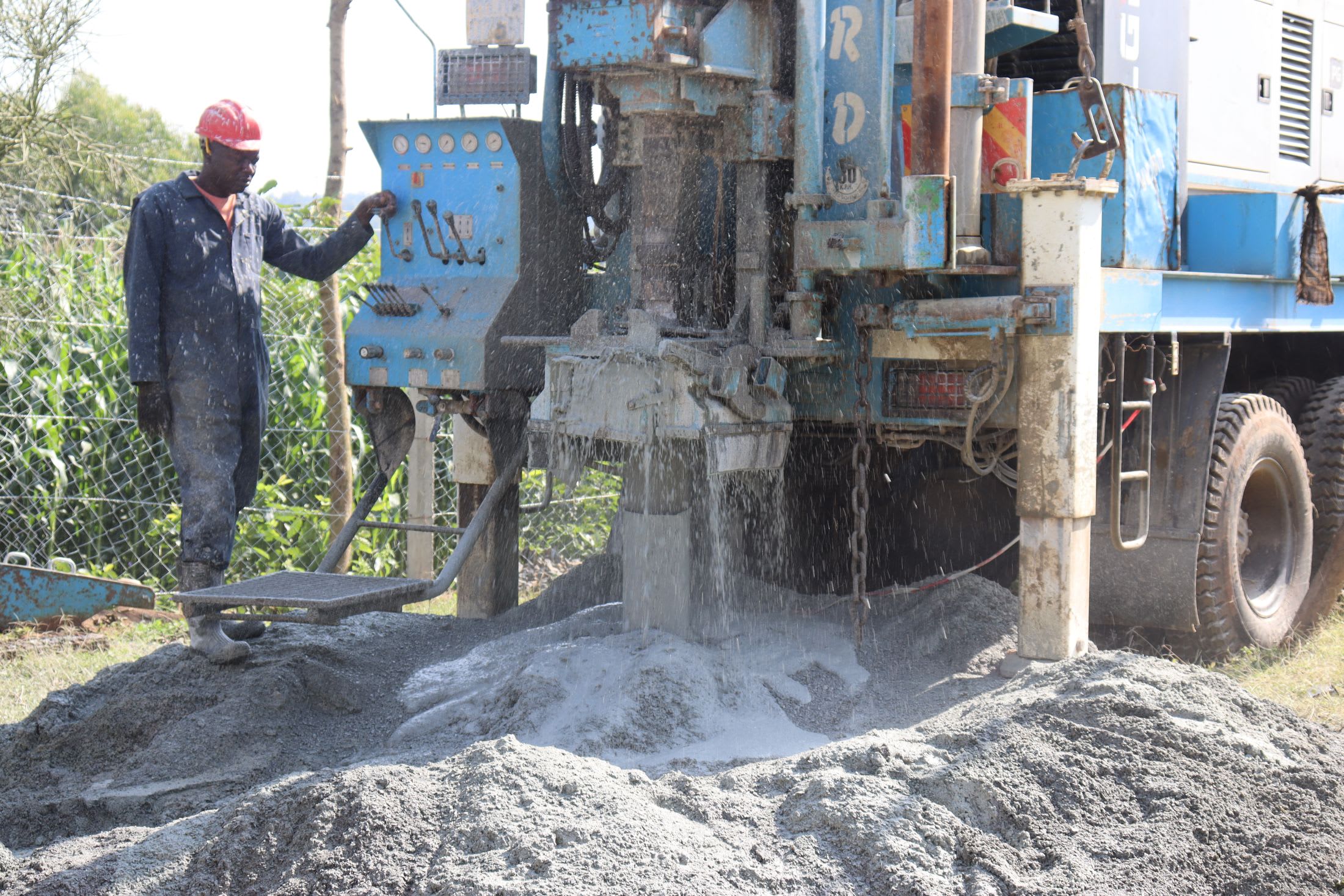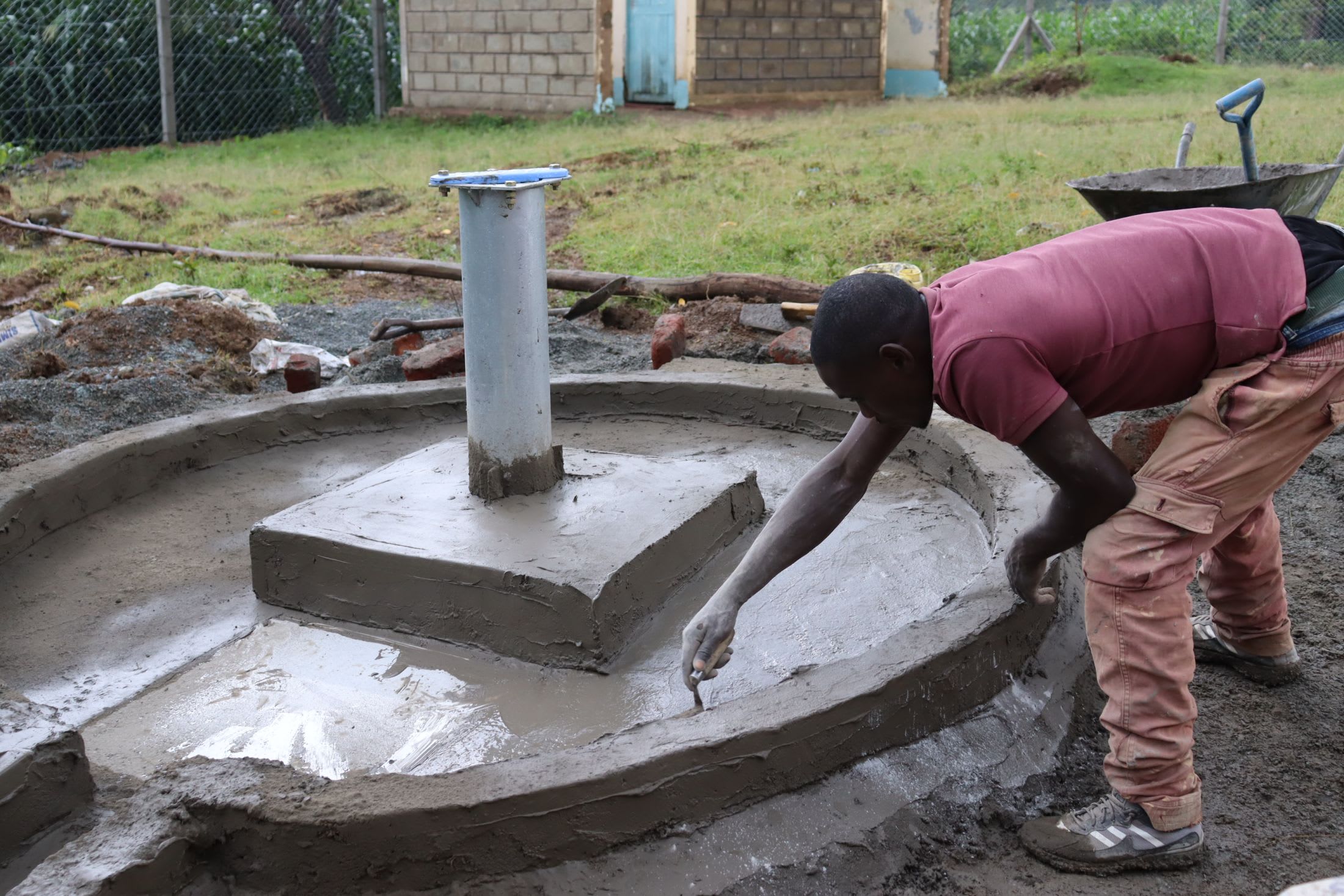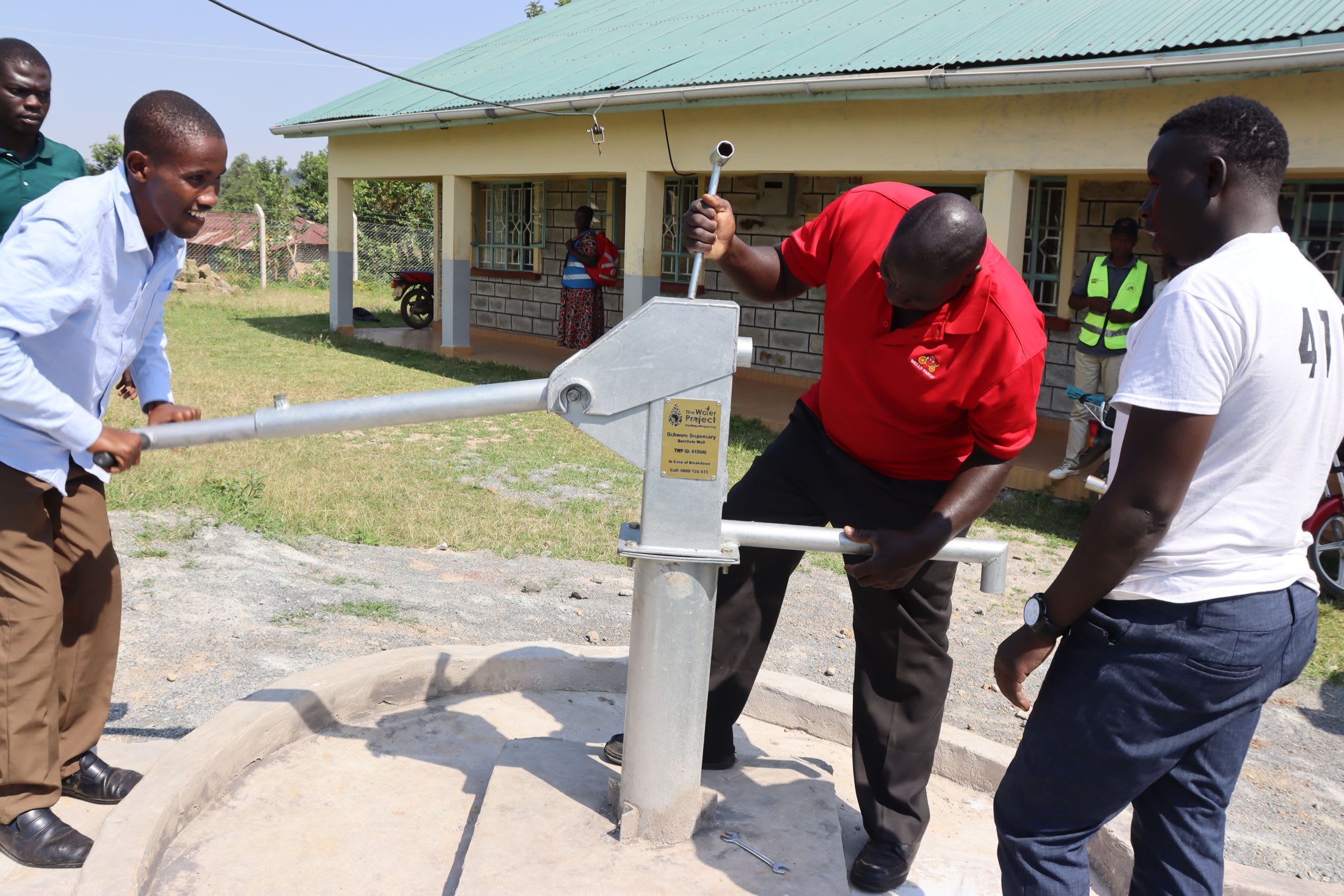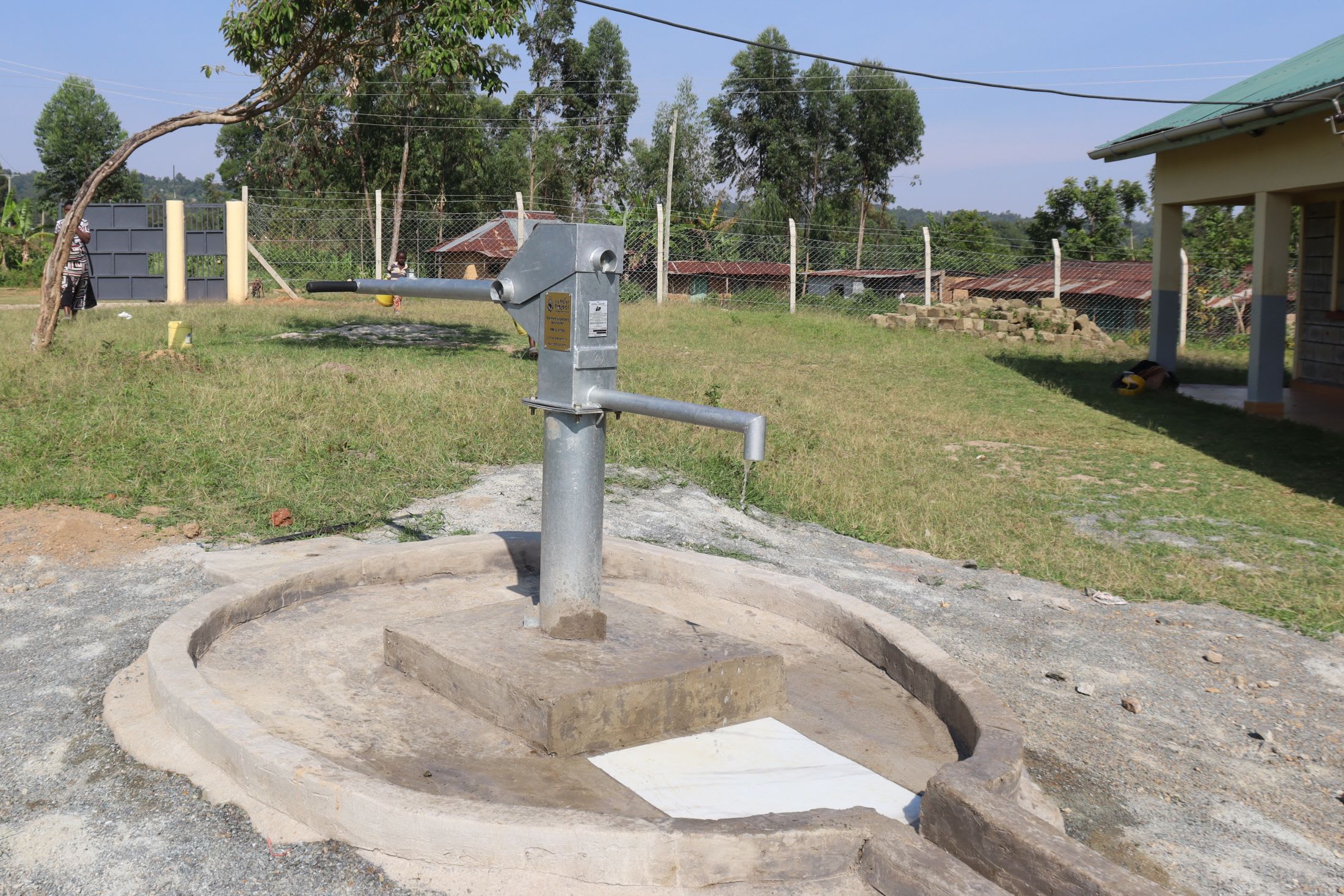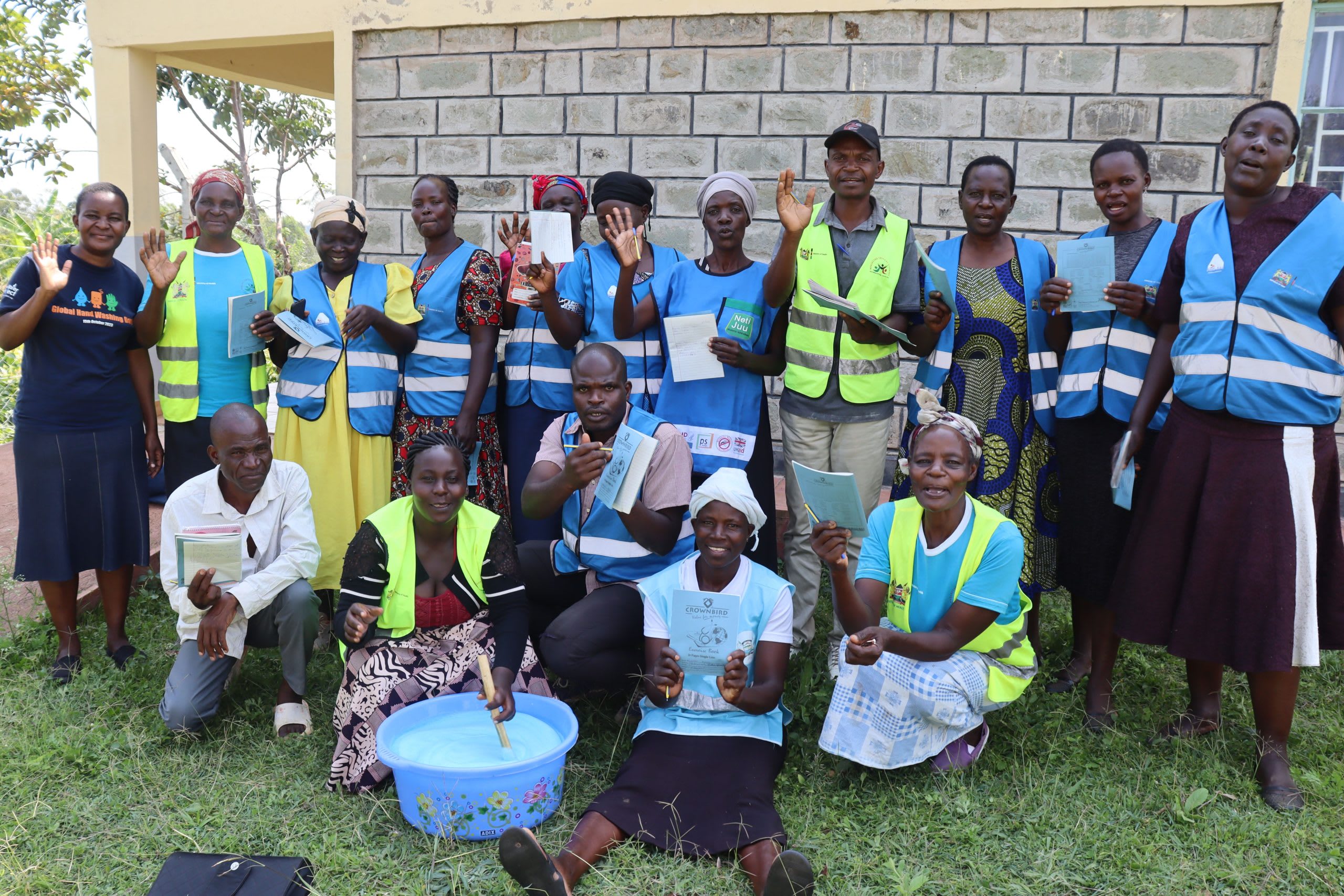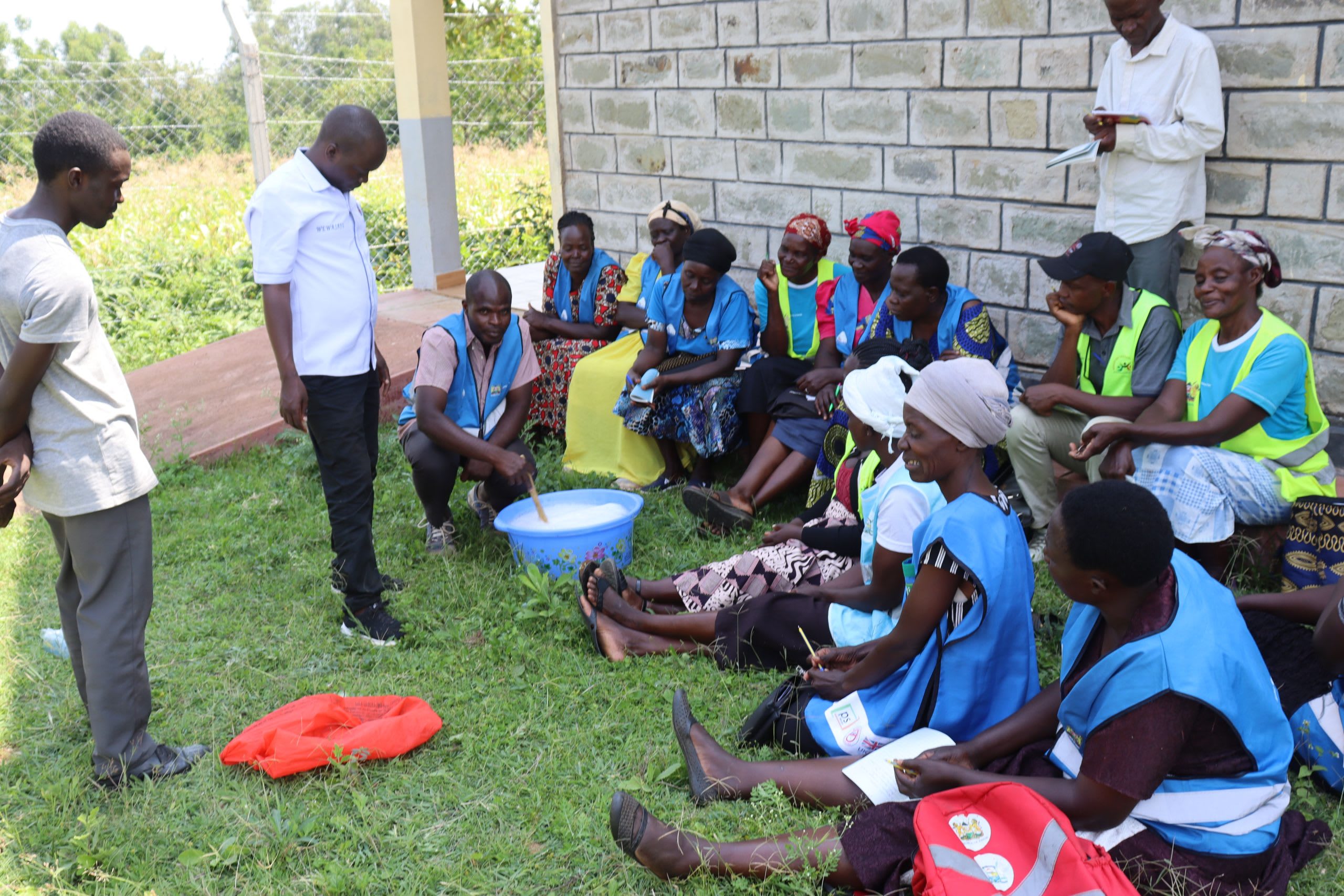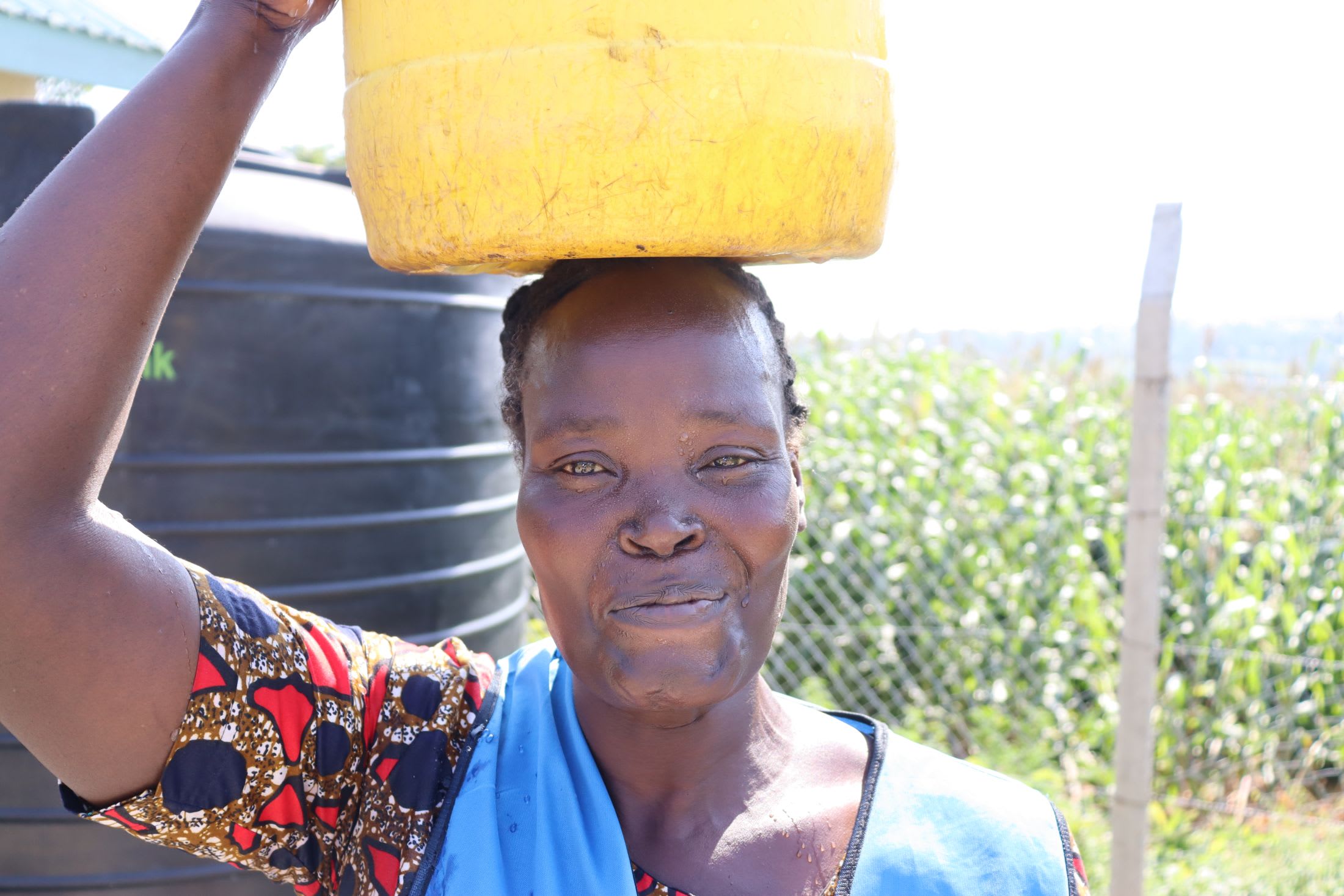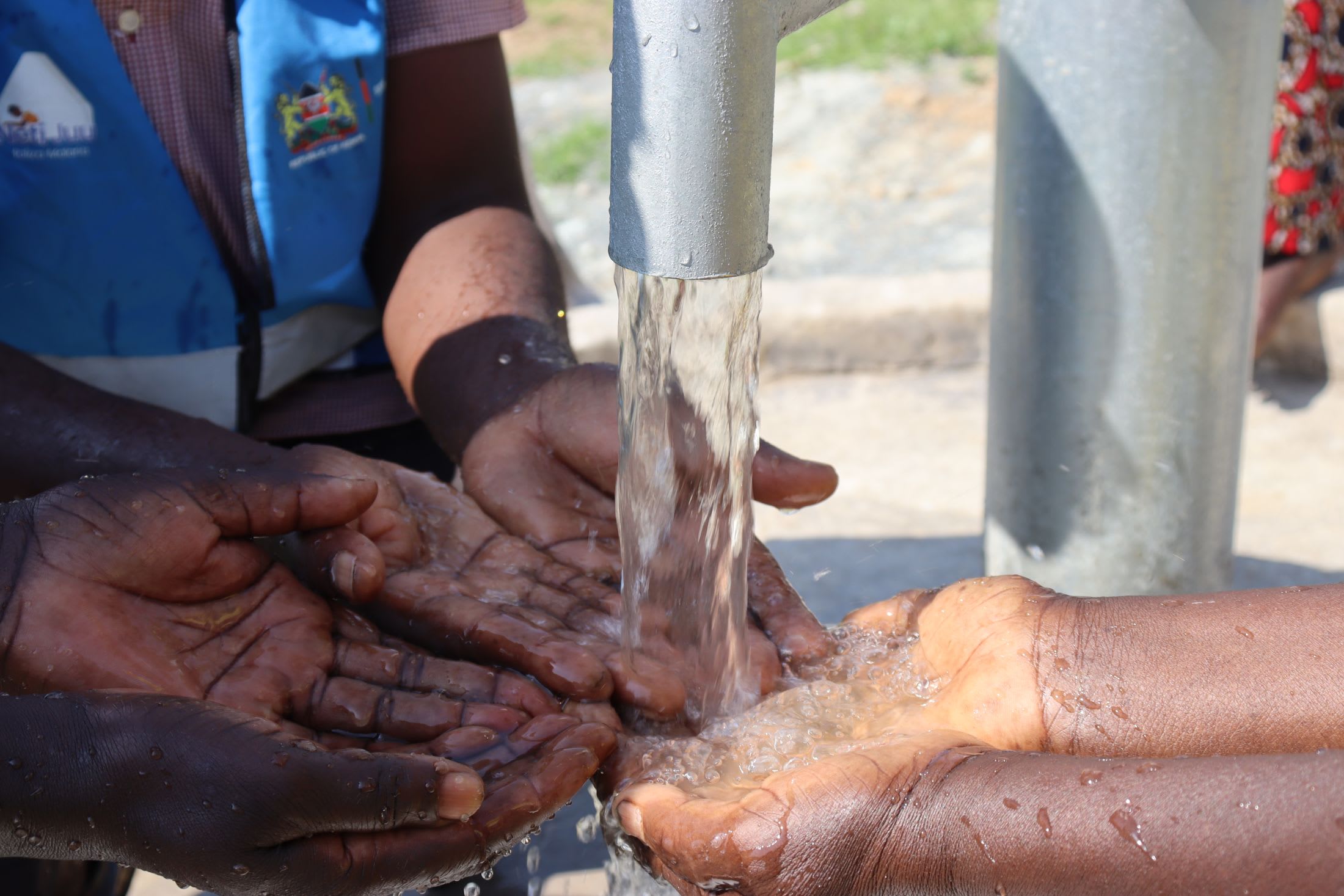The staff of Ochwore Dispensary struggles to obtain the necessary water to meet their patients' daily needs and to complete their daily work responsibilities. Although they do their best to serve those who come to them for treatment, providing proper medical care is difficult with too little water.
The clinic offers several different medical services for the local community. On average, it serves 40 outpatients a day, so water is critical; without it, everyone suffers.
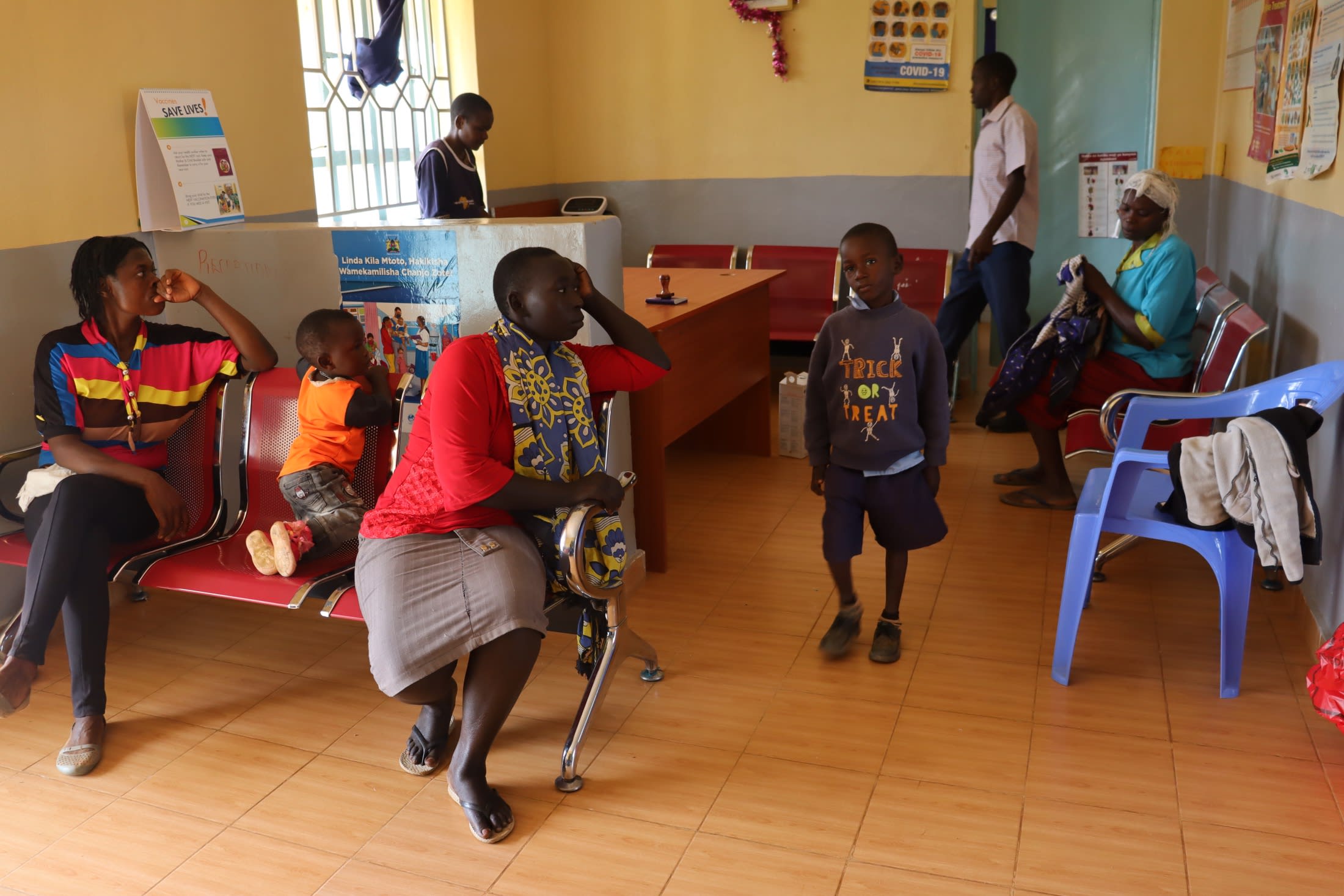
There is a small 5,000-liter rain tank to collect water for the clinic, but it is not large enough to collect the amount of water needed. It empties quickly, especially since the community members who live in the surrounding area also access it.
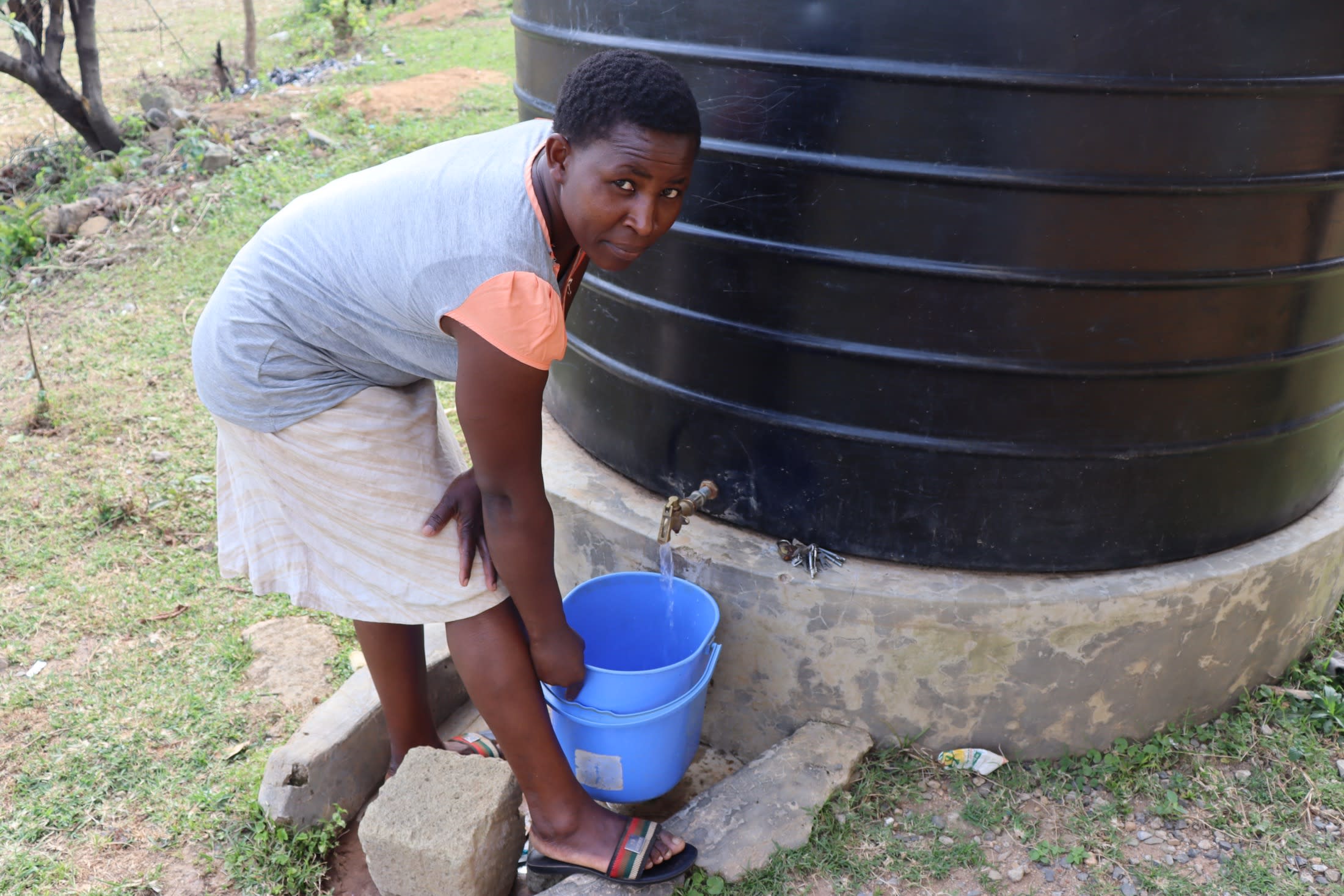
When the rain tank is dry, the clinic staff must leave their post and make the tiring, difficult trek to the local unprotected spring to collect water. Understandably this is not ideal since they must leave their patients, and emergent medical issues might arise while they are away collecting water.
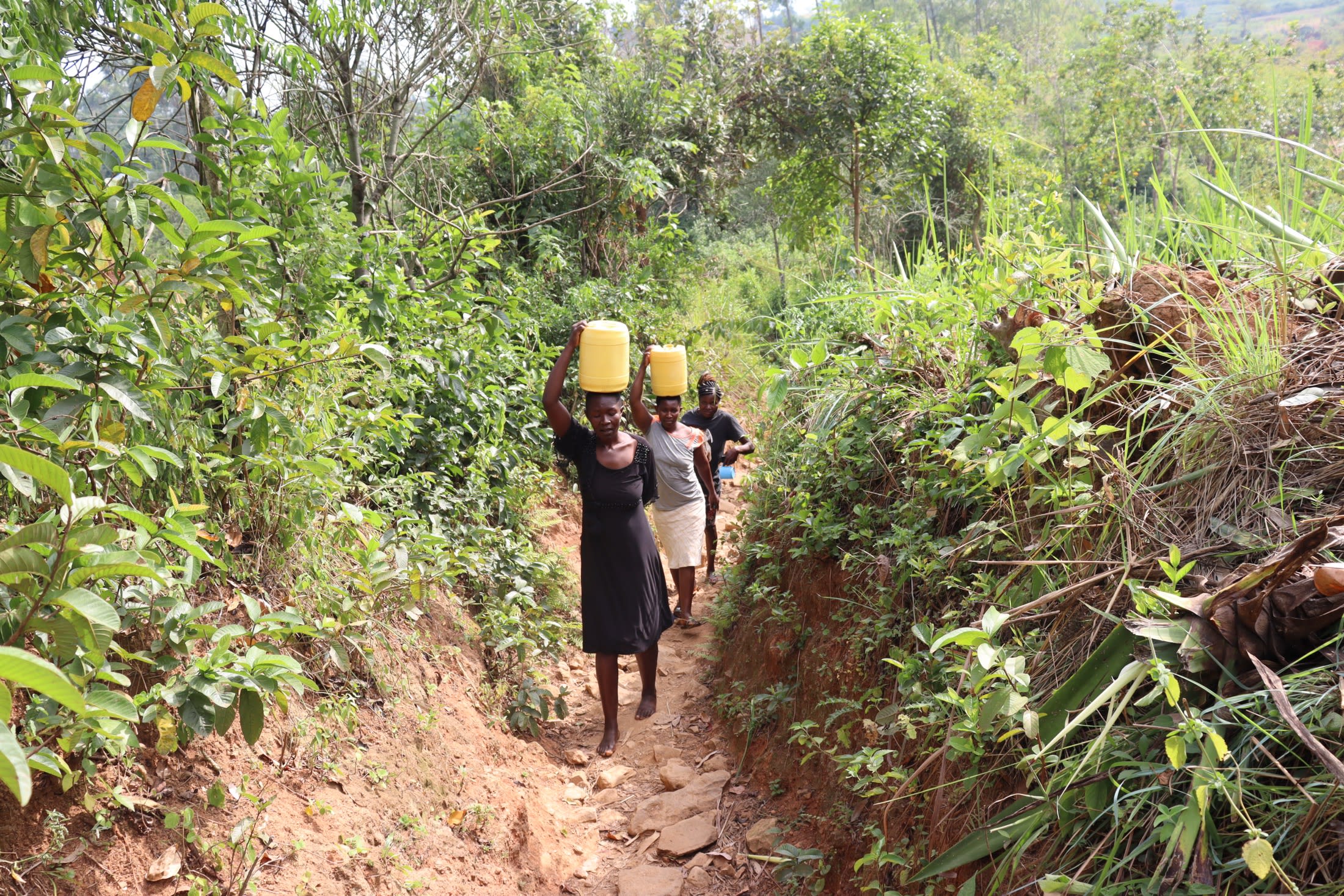
"It's an open stream that is heavily polluted. Domestic animals openly defecate in the stream. Gold miners also pollute the stream as they sieve excavated soils. Cattle can be seen grazing nearby. Used packets of washing powder indicate that community members wash their clothes in the stream. It predisposes the community [to] waterborne diseases like typhoid, cholera, [and] dysentery. In animals, it causes diseases like liver flukes hence [the] death of the animals," said field officer Victor Musemi.
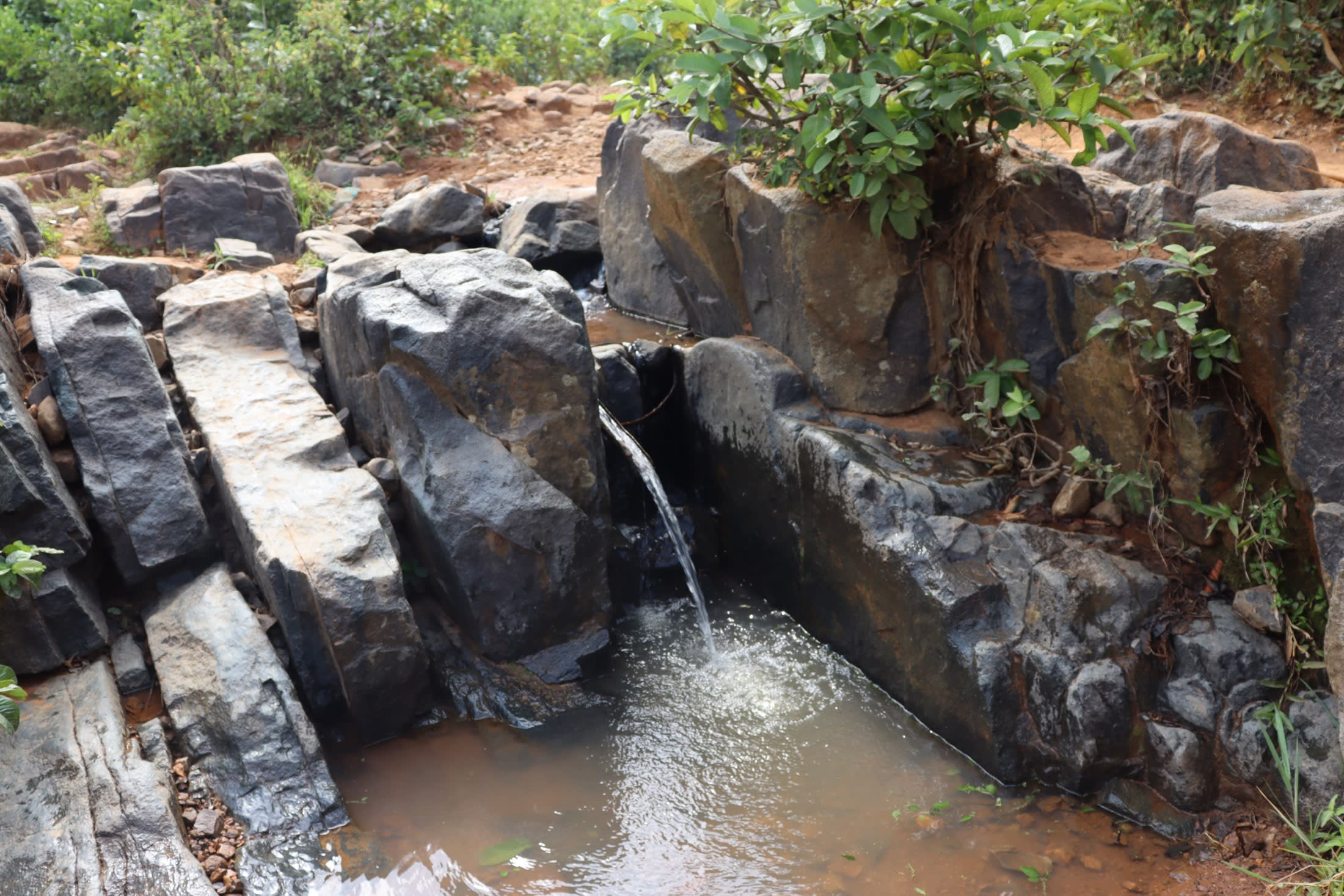
Not only is the water contaminated, but with so many people depending on the spring, long lines grow even longer when the yield is low during dry seasons, wasting everyone's valuable time and keeping the clinic staff away even longer.
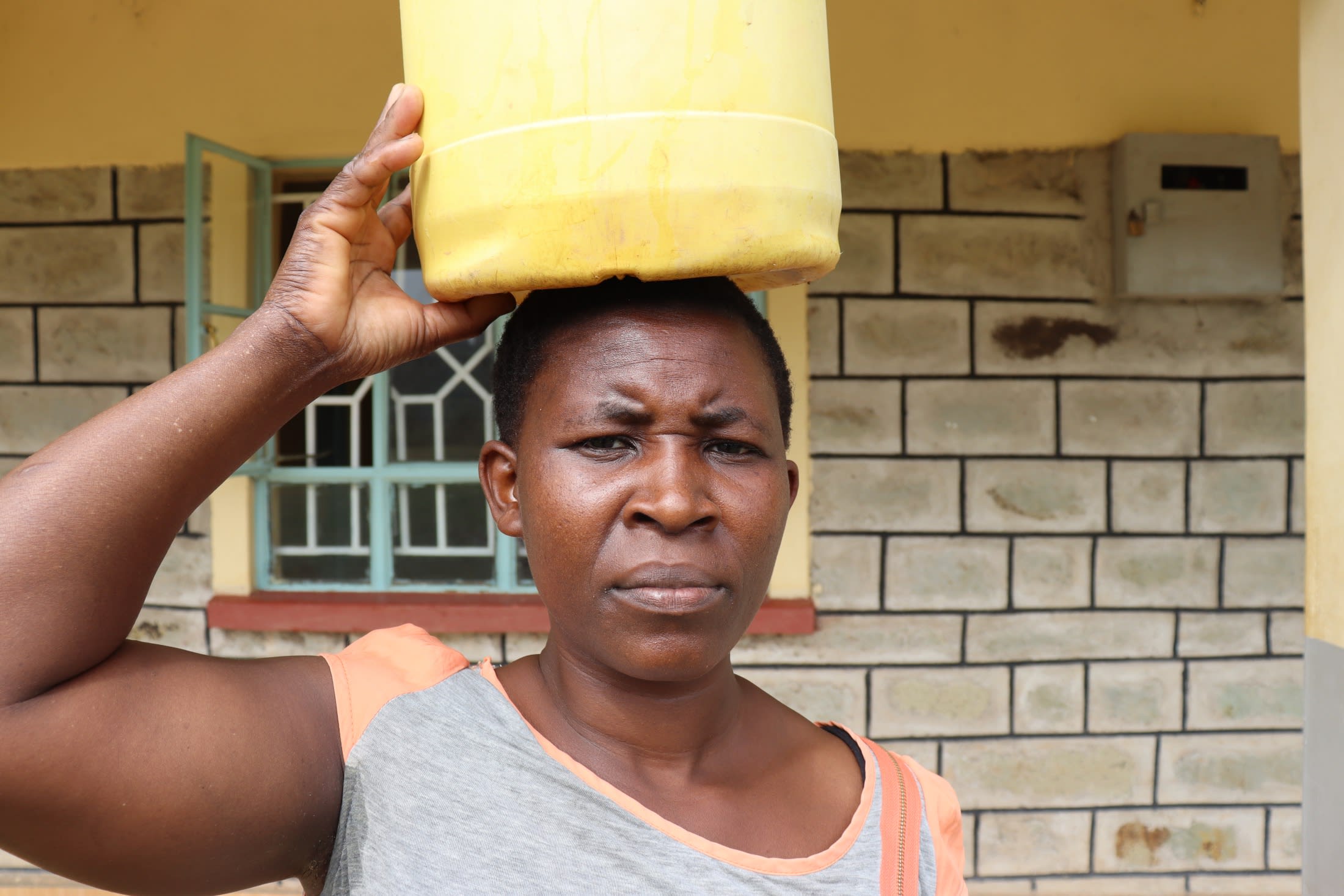
"Our patients find it so hard to clean their hands. More so for those who vomit [who] can not clean the surface immediately due to [the] lack of enough water. When we get this water, we will say no to [this] water challenge," said 31-year-old clinic staff member Joice Auma (shown above).
When patients who are already ill have to go without water and can not practice proper hygiene, it only worsens things and puts their health at greater risk.
"It makes my services insufficient because the hospital can not function when [there is] no clean water. Patients need water to take direct observation medication, so without water, it becomes hard," said Jane R., shown collecting water from the spring below.
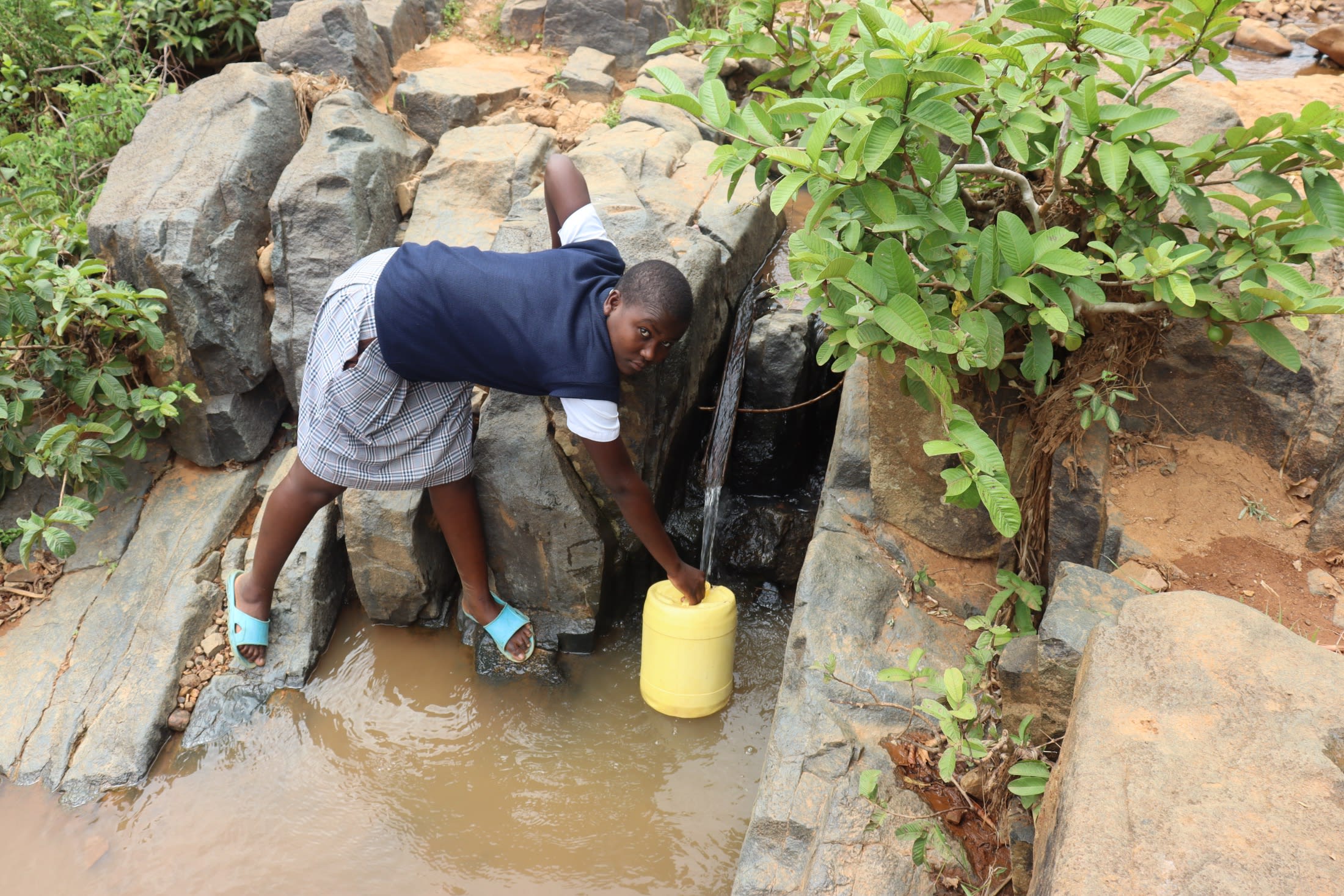
Installing a well will enable staff members to provide better care for patients since they and their patients will have the water they need and will not have to leave the facility to collect water. Also, the surrounding community members who live near the health center can access the water to help meet their daily needs.
The Proposed Solution, Determined Together...
At The Water Project, everyone has a part in conversations and solutions. We operate in transparency, believing it benefits everyone. We expect reliability from one another as well as our water solutions. Everyone involved makes this possible through hard work and dedication.
In a joint discovery process, community members determine their most advantageous water solution alongside our technical experts. Read more specifics about this solution on the What We're Building tab of this project page. Then, community members lend their support by collecting needed construction materials (sometimes for months ahead of time!), providing labor alongside our artisans, sheltering and feeding the builders, and supplying additional resources.
Water Access for Everyone
This water project is one piece in a large puzzle. In Kenya, Sierra Leone, and Uganda, we're working toward complete coverage of reliable, maintained water sources that guarantee public access now and in the future within a 30-minute round trip for each community, household, school, and health center. One day, we hope to report that this has been achieved!
Training on Health, Hygiene & More
With the community's input, we've identified topics where training will increase positive health outcomes at personal, household, and community levels. We'll coordinate with them to find the best training date. Some examples of what we train communities on are:
- Improved hygiene, health, and sanitation habits
- Safe water handling, storage & treatment
- Disease prevention and proper handwashing
- Income-generation
- Community leadership, governance, & election of a water committee
- Operation and maintenance of the water point
Handwashing Stations
Alongside each water source, we also provide two new gravity-fed handwashing stations that will allow everyone at the health center to wash their hands without running water. Handwashing is so important to help prevent illnesses, especially at a health center where hygiene is critical to vulnerable patients.
The health center staff will maintain the stations, fill them with water, and supply them with soap.
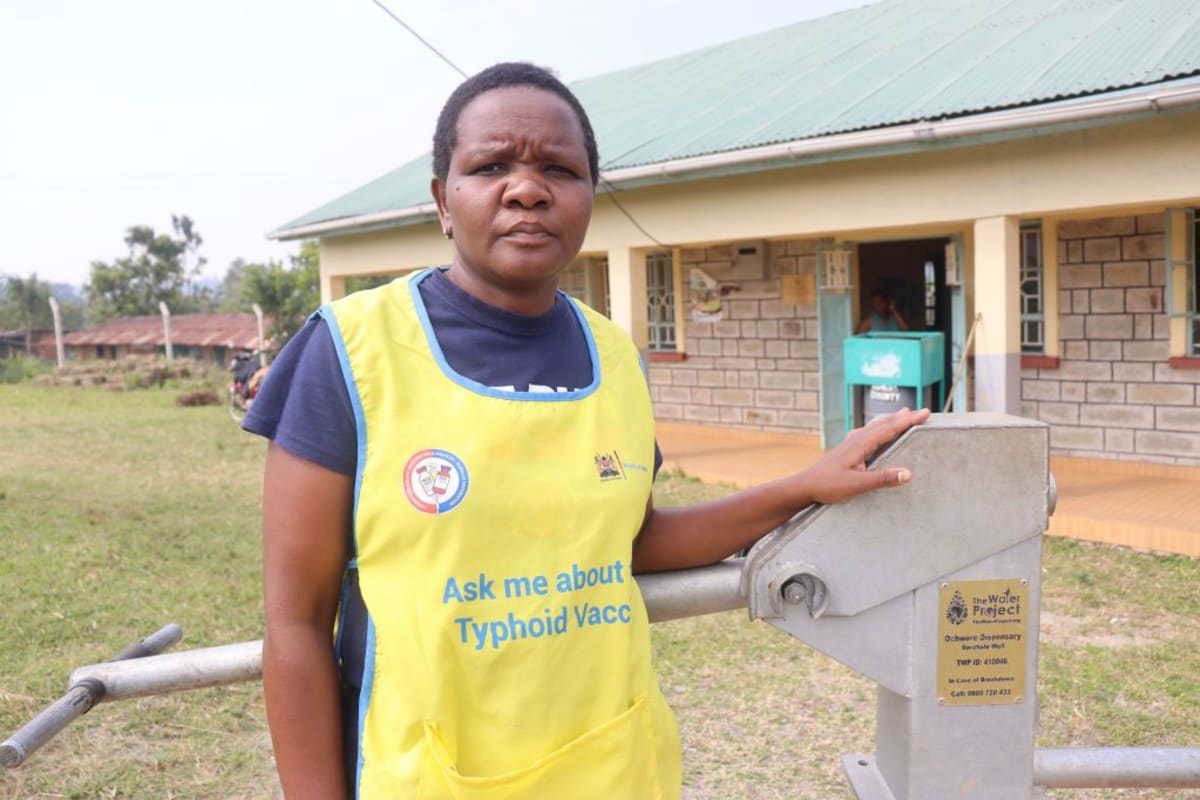

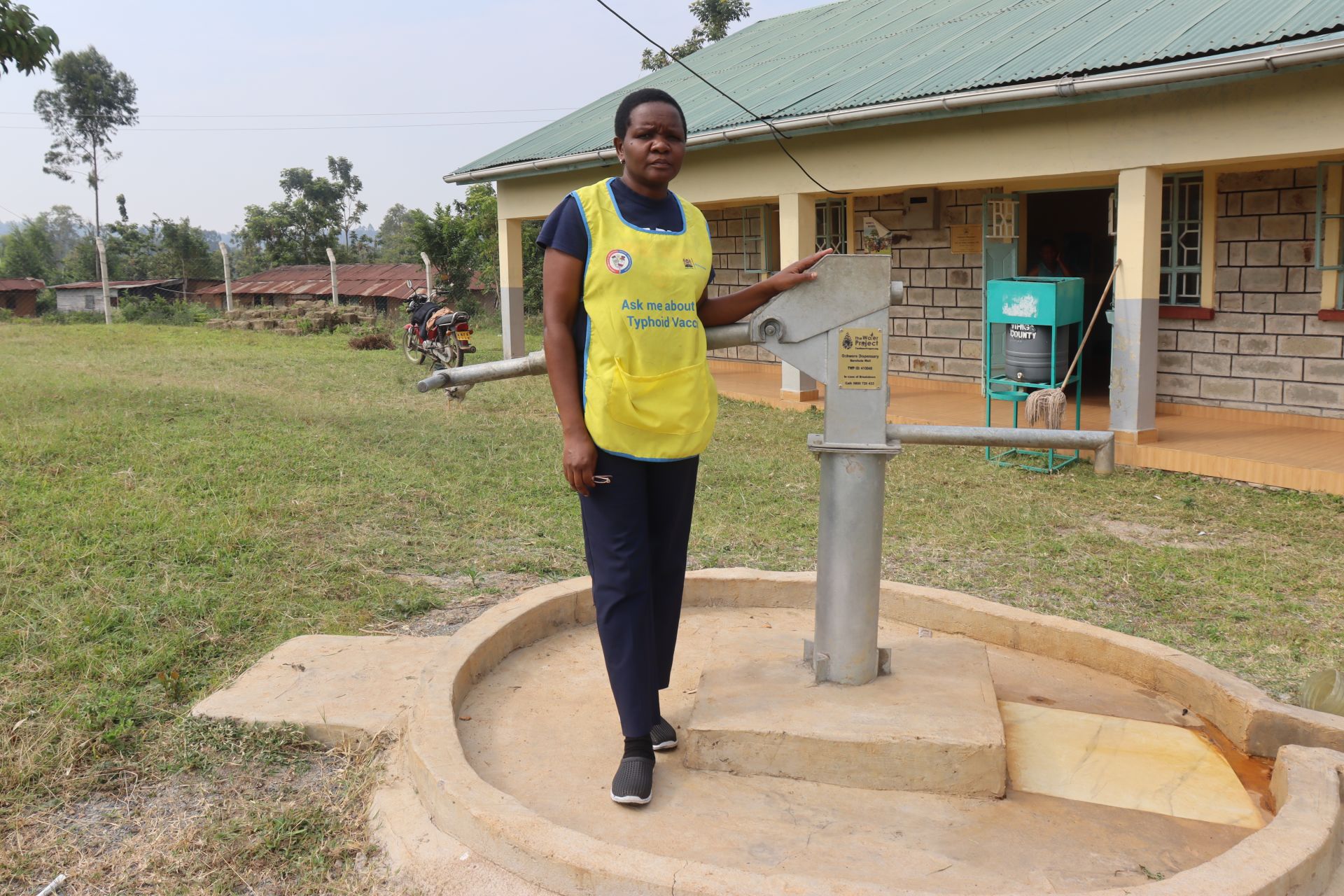
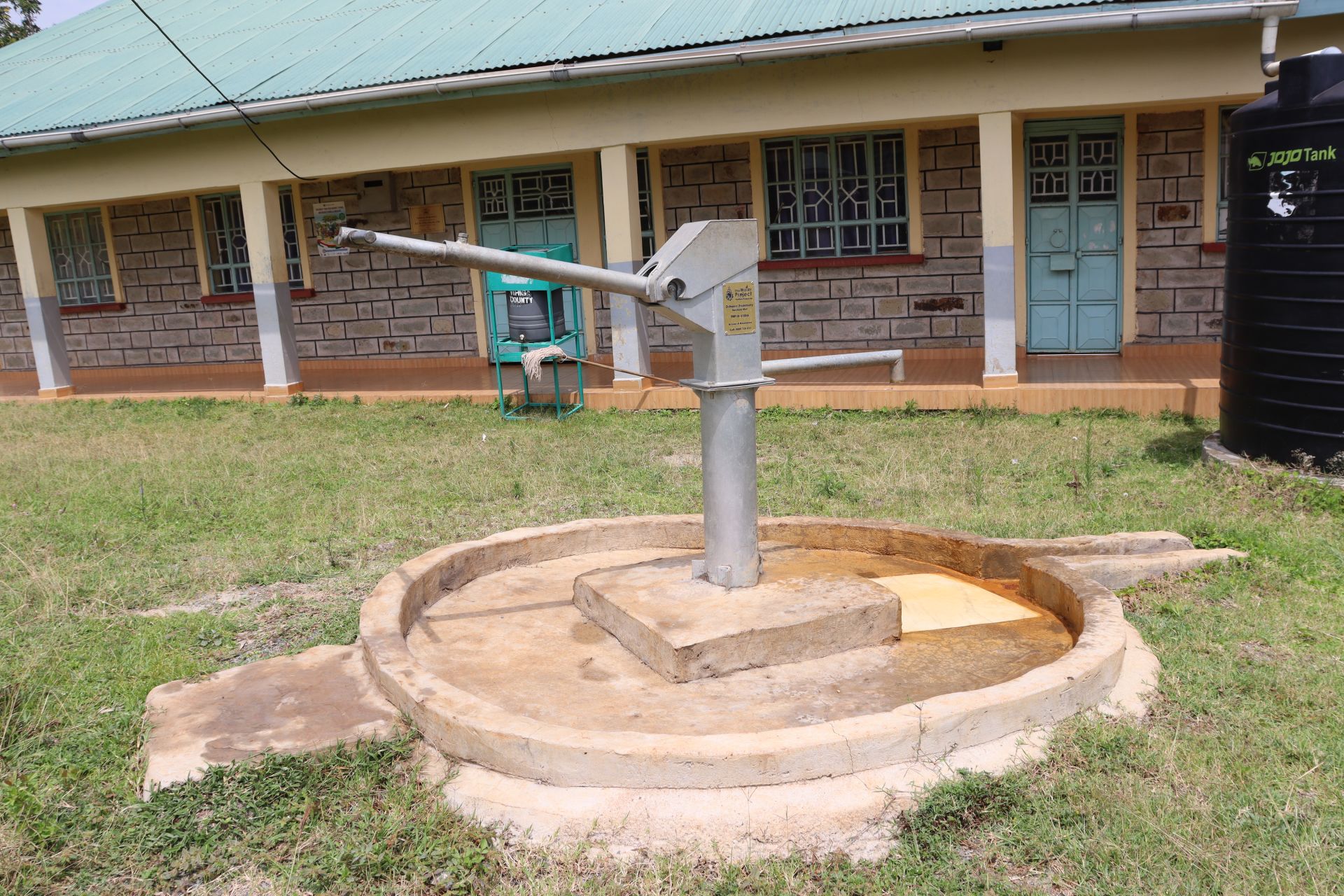

 Borehole Well and Hand Pump
Borehole Well and Hand Pump
 Rehabilitation Project
Rehabilitation Project










